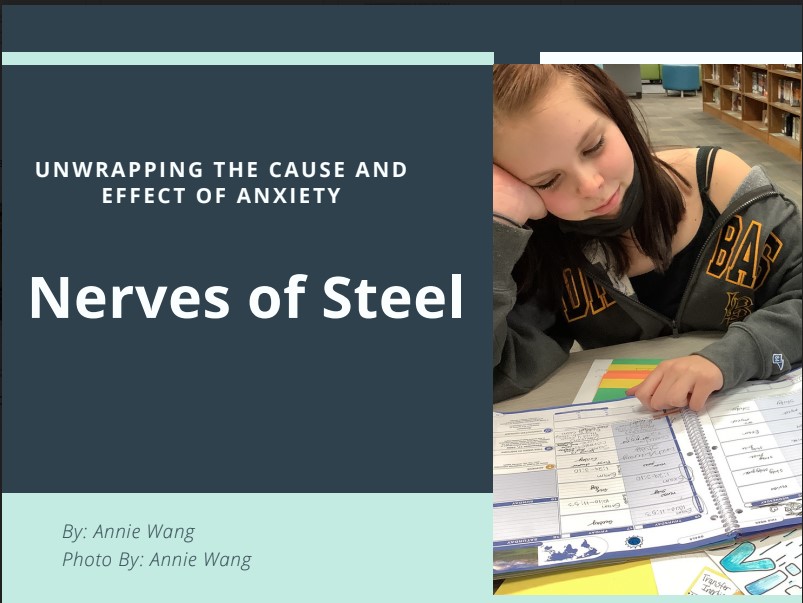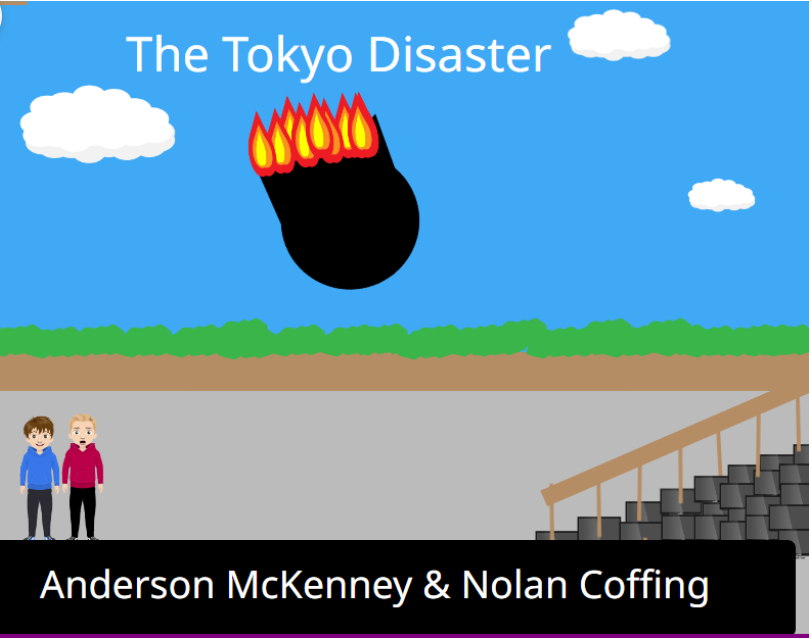Garment Workers in Bangladesh
October 28, 2021
In the 1970s, many companies began moving their factories overseas, for the labor there is cheaper and more available. However, cheap labor comes at the expense of employee comfort, and many employees either are not allowed to leave these harsh factories and sweatshops, or they cannot afford to leave as their families rely on their income to survive.
The majority of clothes’ tags say that they were made in countries such as China, Peru, Bangladesh, Cambodia, and Vietnam. According to writers Kristin Lewis and Gini Sikes, the authors of the Scholastic magazine article “Why Are Your Clothes So Cheap?” it wasn’t always this way. “By the 1950s, American garment workers were working in safer factories, making everything from Stetson hats to Levi’s jeans.” But now, “Made in the USA” is extremely rare. So what changed? Why is everything made elsewhere?
Countries aboard make clothes far more inexpensive than in the United States. It costs less to make clothes, so the price goes down. For American consumers, this is great news, but garment workers overseas are treated poorly and receive exceptionally low wages. In Kristin Lewis and Gini Sikes’ article it says, “In parts of China, the minimum wage is about $2.15 an hour. In Bangladesh, it’s about 50 cents.” To put this in perspective, the minimum wage in the United States is $7.25.
Managers who run these factories often cut corners to save money at the expense of their employees’ well-being. Workplace conditions are filthy and crowded. Many do not have an emergency exit. Often, the doors are locked from the outside by their supervisors to keep people from leaving. Supervisors of these sweatshops do not provide a safe place for people to work, so machinery accidents and fires are common. In 2013, a deadly disaster occurred at the Rana Plaza factory in Dhaka, Bangladesh that was preventable. The building was not considered safe, but the managers refused to do anything about it. When the building collapsed, it killed more than 1,000 people and injured far more. “The building had recently failed inspection because it was found to be unstable. Employees were told that if they wanted to be paid, they had to keep working there anyway,” said Kristin Lewis and Gini Sikes.
Millions of clothes worn in the U.S.A. were likely sewn by a worker in a dirty, dangerous factory. Several big brand-name companies manufacture their clothing overseas. Among these are Benetton, Walmart, H&M, Zara, Gap, JC Penney, and Joe Fresh. Do these brands sound familiar? People who take jobs in these factories dislike the working conditions, but they have to work there, for many employees’ families face poverty and starvation. Kalpona Akter, a Bangladeshi activist for workers’ rights, was 12 when she had to quit school and work 14-hour shifts at a clothing factory in Bangladesh, as her family was extremely poor. She says, “In six months we sold everything we owned, down to our shoes.” It is common in countries like Bangladesh for adults and young children alike to sell everything in their possession and work in sweatshops.
These harsh surroundings are not a place someone should work, especially at such a young age. The question is, how can this be fixed? Many factory owners don’t care about garment workers or dangerous working conditions. Usually, they are the cause of the problem. However, even though many big clothing corporations may not do much about sweatshops, people in the United States have the power to speak up. “Spread the word that, as global citizens, we expect every human being, whether stitching a hat in Honduras or hemming a pair of jeans in Vietnam, to be treated with dignity and respect,” said Kristin Lewis and Gini Sikes. For example, Nike, a popular sports clothing brand was under harsh criticism for how their clothing sewers were being treated. Because of this, the company finally pledged to make its factories cleaner and safer. Talking about how garment workers aren’t being treated correctly by clothing companies helps spread awareness of the dangerous working conditions. Far too many sweatshop employees work day and night in filthy work environments, but citizens could join thousands of others in the fight to change that. The smallest things can help, and though the fight may be slow, the threads are beginning to be woven.




















Prachi LNU • May 3, 2022 at 1:52 pm
The article ‘Garment Workers in Bangladesh’ really shocked me. It’s really upsetting to see that workers have to work in dangerous and filthy factories, and don’t get paid well. It is upsetting that managers of factories don’t care about their workers. Great job Muriel and Annie!
Sora Fujii • Apr 27, 2022 at 9:46 am
The article, Garment Workers in Bangladesh, by Muriel C. and Annie W. on the Boothwarriortimes.com really expanded my view of the clothing industry.
I mostly thought that machines made the clothes sold in popular clothing companies. When I read this article, it made me think about how much those poor workers have to go through. They are extremely enduring to be able to handle this kind of work environment for 14 to 16 hours without getting the payment they deserve, and risk their lives.
I thought every clothing industry was the same and treated their workers with the utmost care and respect. Now I see it is not true at all, and I would rather have clothes made by employees who are treated fairly and paid well than have clothes made by employees who work in a dirty, filthy environment, and are paid way less for more hours. I may have heard about this situation before, but I never thought it was true. Until now, of course. I would like to know why the workers themselves won’t stand up and speak for themselves.
Raghav Ratkalkar • Apr 26, 2022 at 11:34 am
The workers at the factories in Bangladesh are very determined and dedicated n their job. However, this is undoubtedly unjust and beyond human standards. It is unbelievable that the minimum wage is 50 cents when these workers work long and tireless hours to put food on the table. Many of the big brands, such as H&M, Zara, and Gap, use these garment factories in Bangladesh. There has been proof that Bangladeshi factories are both dirty and dangerous. I love the way the authors present their details, using real facts and evidence to refute their claims. Some great pieces of evidence include the Rana Plaza disaster. I was shocked that Bangladeshi authorities did not take further steps to ensure that the building, packed with thousands of Bengali women and men working, was safe and had passed all general structure inspections! This could have prevented the death of thousands of individuals.
Rilynn McKillop • Apr 11, 2022 at 10:58 am
The workers in these factories are brave and strong. They have to work all day in harsh conditions to support their families. China is one of the leading countries in garment making. The workers work all week and for 14 to 16 hours a day. They work that much for little money. Garment workers in China are sometimes forced into factory work when they don’t want to be there. Out of 51 medical-grade protective factories, at least 17 are participating in the labor transfer program. This program forcefully transfers people to work in factories.
Rob Dowla • Feb 2, 2022 at 5:58 am
Bangladesh is the second biggest garments industry in the world. There are many changes and challenges taking place. The factory workers are extremely dedicated and hard working people. One should stop portrait Bangladesh with all the negative impact. Since the Rana plaza incident, the country has gone through major changes in constructing green factory initiative working with major companies and international buyers, thus a lot need to be done in this part of the Delta land to make it the # 1 country like it was before when Bengal used to be one of the biggest garments industry in the world.